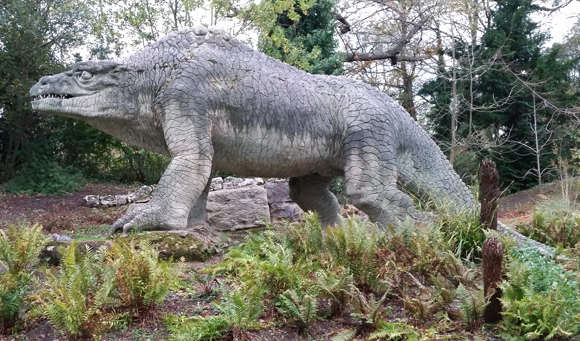Symbiosis in the Dinosauria
Some animals alive today relay on the assistance of other animals to help them keep clean and tidy. Tropical fish on coral reefs deliberately visit areas where “cleaner fish” congregate and they patiently wait whilst these fish clean them and remove dead skin and parasites. In Africa, the Oxpecker (Buphagus spp.), a type of starling, regularly hitch a ride on the back of a large mammals, such as elephants and pick dead skin and parasites from their host’s hide. These birds also catch insects disturbed as the large animals move through the scrub and bush.
Symbiosis in the Dinosauria
It is very likely that these sorts of mutually beneficial relationships between different species occurred in the past and with dinosaurs.

Picture credit: Everything Dinosaur
Visit the Everything Dinosaur website: Everything Dinosaur.
Symbiosis – Classroom Extension Ideas
Mutually beneficial activities are termed symbiotic relationships by scientists. In the picture (above), a statue of a large theropod dinosaur (Megalosaurus) is shown. Since the early days of studying dinosaur bones, symbiosis within the Dinosauria was suspected. Symbiosis is the term used to describe an interaction between two different organisms living in close physical association to the benefit of both.
- Can your class find examples of mutual co-operation (symbiosis) in the natural world?
- Can the class consider ways that pupils and staff at the school co-operate together?
For further information contact Everything Dinosaur: Email Everything Dinosaur.

